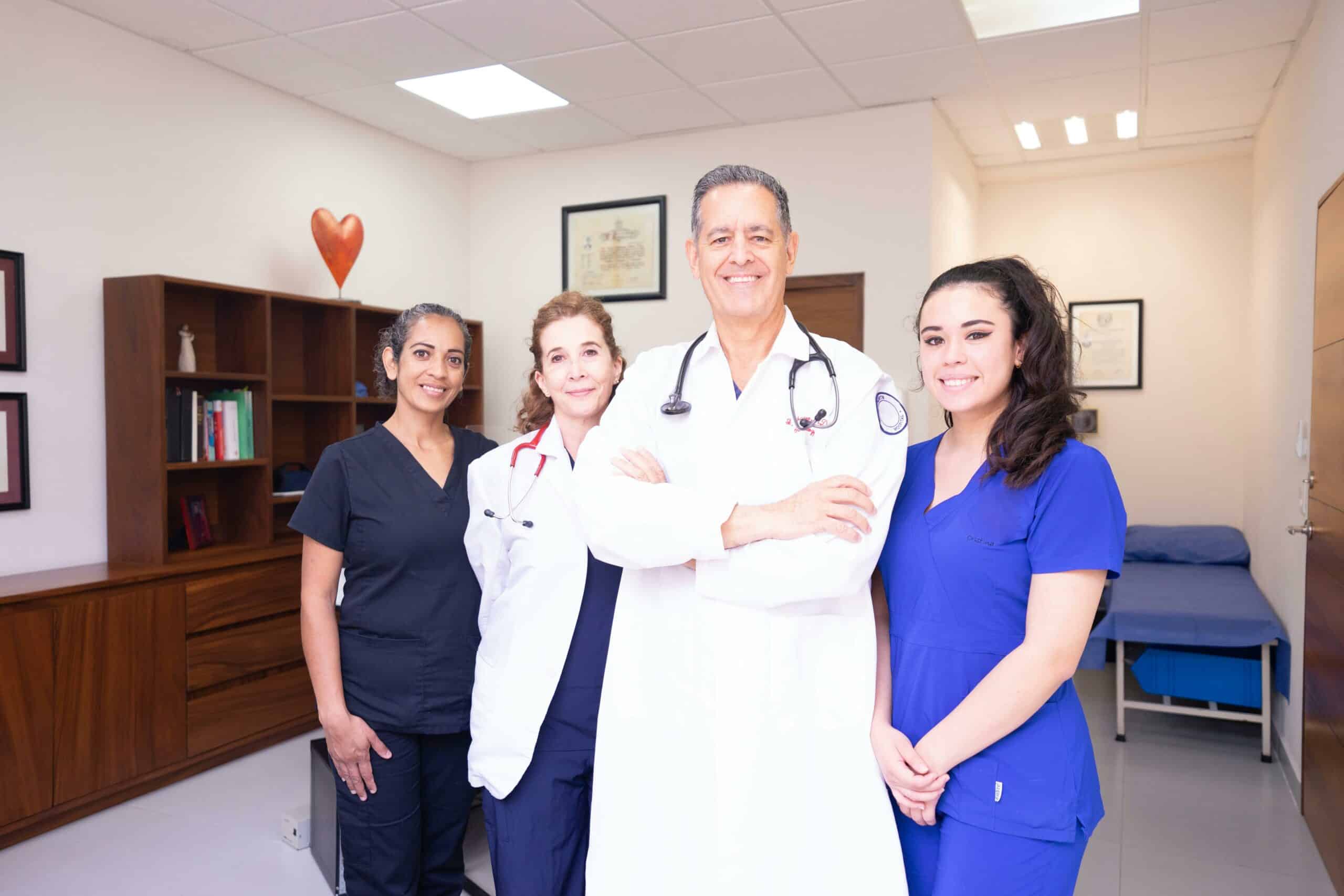“Sir, please remember to lie absolutely still. The images we get depend upon it. Try to relax. You will not feel any pain. This will be over in no time.”
“Down the rabbit hole I go,” Bill joked in response to his radiology technician. He was nervous, and understandably so after his doctor suspected the cancer had returned. At the same time, he was very thankful to be sliding into that MRI tube. If it wasn’t for this imaging option, he’d be under the knife right now, subjected to exploratory surgery.
Every day, radiologic technology improves the quality of life for the sick, the injured, and the expectant. The vital medical professionals (generally referred to as “rad techs”) who work with doctors to administer these tests are often unsung heroes, allaying patient fears and providing answers to some of life’s most harrowing questions with marvelous and non-invasive imaging technology.
It is for this reason that November 5-11 has been deemed National Radiologic Technology Week and the staff of Trek Healthcare Staffing will be celebrating right along with you..
Who Uses Radiologic Technology?
Everybody! Well… almost, that is. The scope of radiology is so broad and so important in the medical field that it has countless applications. Have you ever…
…had the dentist take pictures of your teeth?
…had an ultrasound while pregnant or when getting a biopsy done?
…had an injury with potential organ damage or internal bleeding?
…broken a bone?
…been diagnosed with a tumor or cancer?
If you can answer “yes” to any of these questions, then you too have benefitted from the amazing capabilities of radiologic technology. This fascinating field has over a hundred applications, all designed to properly diagnose and treat the injuries and ailments we face, and to do so in a painless and non-invasive way.

How Was This Amazing Technology Developed?
Physics professor and 1901 Nobel Prize winner Wilhelm Conrad Rӧntgen stumbled upon a mysterious new form of radiation as he experimented with electricity and gasses. When he saw that images could be recorded on photographic plates, he captured an image of his wife’s hand, noting the bold clarity of her bones and the ring she wore.
He named this mysterious new radiation he had discovered the X-ray, with X representing an unknown variable. Subsequent research by other scientists identified that this was an electromagnetic wave, similar to light, but one that moved at a high frequency that rendered it invisible to the human eye.
Rӧntgen became an overnight hero in the medical and physics communities, winning innumerable international awards and finding his company sought after in the most elite scientific circles. Rӧntgen was a quiet man, however, who preferred the natural world and a solitary lab in which he could seek to understand the phenomena of nature.
What’s the story on Rad Tech Week?
While X-ray technology began to be applied to diagnostic medicine before the turn of the 20th century, subsequent technologies, such as the CT scan, MRIs, and fetal ultrasounds were not developed until the 1970s. It was in this decade that the full scope and value of Rad Tech became apparent, and in 1979, the first Rad Tech Week was established to recur annually in
July.
But wait…don’t we have our calendar confused?
Nope! An intentional shift in this celebratory week was made intentionally to pay homage to the man who started it all. It was on November 8, 1895 that Dr. Rӧntgen made his X-ray discovery, and therefore, it is only fitting that we celebrate the careers, the technology, and the transformation of the medical community that was brought about by this man’s work at this time.
How Do We Celebrate Radiologic Technology Week?
Getting into the spirit of Radiologic Technology Week on November 5-11 is easy to do, whether you’re the one administering the MRI, mammogram, X-ray, CT scan, or ultrasound, or you’re on the receiving end of these life-saving procedures. Here are some ideas to get you started:
1. Get Educated
Read more about the scientists that developed modern scanning capabilities, the technical side of these machines, and the physics principles that guide them. You’ll truly be amazed!
2. Get Scanned
Have you been delaying a needed scan for your own health? Commit to making that appointment in November and celebrate by taking care of yourself.
3. Get Social
Have you benefited from diagnosis via scan or treatment by radiation? Share your story. Post it on social media, tell it on a podcast or in an interview, and get out the word. Your story may encourage someone else to get the scan that can save his life.
4. Get Generous
Show some love to the Rad Tech in your life. Surprise the office with coffee one morning during the week of November 5-11 or drop by with a treat during the day. Make sure to add a note of appreciation for all they do for you and the community at large.
At Trek Healthcare Staffing, we love nothing more than celebrating the vital work every part of the medical field plays in patient care and achieving quality of life. We make it our mission to help passionate healthcare providers find satisfying and meaningful work through traveling healthcare opportunities. If you would like to learn more about the opportunities for Rad Techs or another specialized field, give us a call and see your career take off to places you’ve never dreamed possible.







